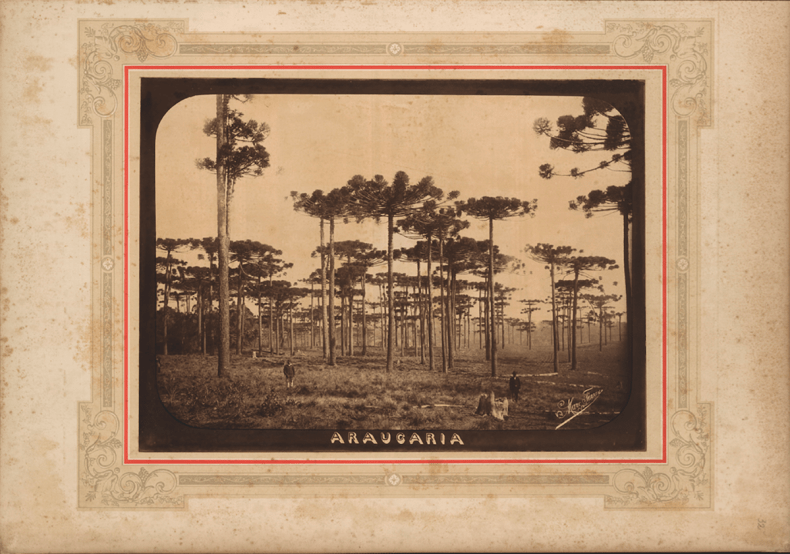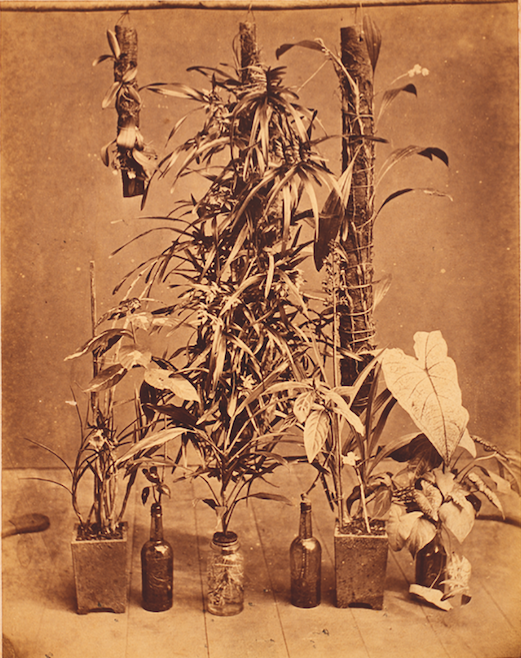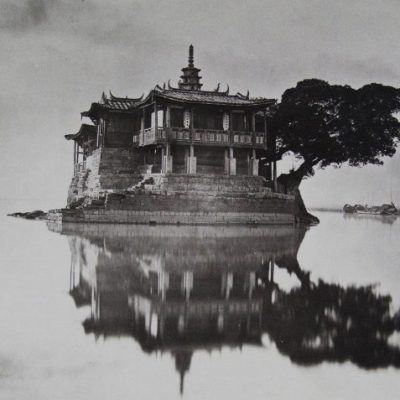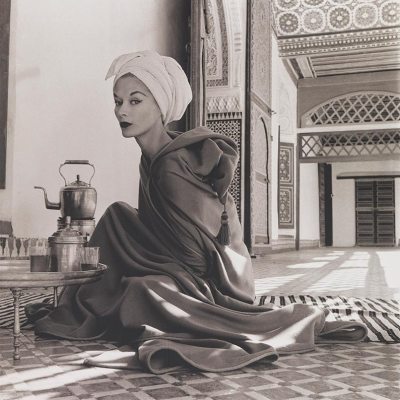On 17 January 1840, the French abbé Louis Comte appeared before an expectant audience at the Hotel Pharoux in the centre of Rio de Janeiro to demonstrate a process known only by hearsay on the South American continent. In fewer than nine minutes, a newspaper reported, Comte used the newly invented daguerreotype to produce an image of the Largo do Paço, the sunbeaten square on which the hotel stood, ‘with such fidelity, precision and minute detail that one could see that the effect had been made by the hand of nature, almost without the artist’s intervention’. Three days later, Comte repeated his demonstration at the São Cristóvão Palace in front of the 14-year-old emperor, Pedro II. So began for the Brazilian monarch a lifelong passion for photography.
The announcement by the French inventor Louis Daguerre the previous year of a new technique for capturing the world generated global excitement. But in Brazil it had a particular attraction, for it offered an opportunity to create afresh the country’s image. Since the publication in the 16th century of the first accounts of this land, luxuriant in nature and peopled by cannibals, Brazil had been a canvas on to which Europeans projected their fantasies, Edenic or diabolical. The jealousy with which the Portuguese guarded knowledge of their Brazilian colony discouraged local artists from producing faithful representations of their country; the few landscapes that survive from before the 19th century are the work of Dutch or British interlopers. Only with the migration of the Portuguese court from Lisbon to Rio in 1808 did images of the country become common. Even then, the artists responsible were largely of European origin, most notably Jean-Baptiste Debret, who arrived in Rio in 1816 at the head of a French ‘artistic mission’. Photography, then, provided a way of introducing Brazil to the world in a naturalistic fashion, unencumbered by preconceptions.
Brazilian pine trees photographed by Marc Ferrez (1843–1923) in c. 1880–84. Biblioteca nacional do Brasil

Photography might not have been a Brazilian invention – notwithstanding the protestations of Hércule Florence, a French immigrant, that he had discovered Daguerre’s method independently years before it was made known to the world – but it came of age with the country, which gained independence only in 1822. The arrival of the daguerreotype in Rio preceded by six months the formal assumption of power by Pedro, the first native-born ruler of Brazil. Over his long reign, the emperor would prove the camera’s most dedicated patron, adopting it as a sign of modernity and of Brazil’s place within the community of civilised nations. Furthermore, it offered the self-styled citizen-emperor a means to exhibit himself to his largely illiterate subjects throughout his vast dominions.
With the exception of Queen Victoria, no other monarch explored or exploited the new technology as vigorously as the Brazilian emperor. Pedro acquired his own daguerreotype apparatus within weeks of Comte’s presentation, months before such equipment was commercially available in Brazil. When Prince Adalbert of Prussia visited Pedro II in Rio in 1849, he noted that the emperor busied himself with photographic ‘experiments’, the intricacies of which confounded his German guest. As the emperor assumed the role of godfather of Brazilian science, photographers took their place alongside the Imperial Observatory, the State Laboratory and the School of Medicine as objects of his attention. From 1842, photographs featured in exhibitions held at the Imperial Academy of Fine Arts. Pedro spent thousands of réis on photographic albums and tutorials for his family. In 1851, he appointed the Frenchman Abraham-Louis Buvelot as court photographer, two years before Queen Victoria created an equivalent position. Visiting practitioners from Europe and North America were invited to make portraits of the emperor, his beard – as befitted a philosopher-king – ever greyer. Royal solemnities, galas, and visitations were all carefully recorded and several photographers were admitted to the Order of the Rose.
Pedro II donated his collection of over 21,000 photographs, including records of native plant specimens, to the National Library of Brazil. Biblioteca nacional do Brasil

By the 1850s, photography had become a mark of status in Brazil. Wealthy citizens flocked to have their portraits taken; with the development of reliable reproduction techniques, they began to use cartes de visite featuring their likenesses too. The majority of the photographers practising in Brazil confined themselves to the lucrative portraiture market, setting up in hotels or establishing studios on fashionable streets in Rio, São Paulo and elsewhere. But a small cohort sought to document the country, with one eye on the tourist market and another on the interest in official circles in the scientific potential of the camera. This group included two Europeans, Augusto Stahl and Revert Henrique Klumb, the latter a favourite of Empress Teresa Cristina, so much so that in 1865 he relocated to Petrópolis, where the imperial family had its summer residence. Alongside panoramas of Rio and other areas, Stahl and Klumb produced pictures of local folk carrying out everyday tasks, dressed in traditional costume – popular souvenirs among foreign visitors.
The most innovative practitioner, however, was Marc Ferrez, a Carioca by birth who lived in France until the early 1860s. He developed new equipment, including a camera capable of capturing panoramas of up to 190 degrees. He also availed his services to Brazil’s scientific community as it embarked on the Sisyphean task of surveying the country. In 1875 he accompanied a mission of the Imperial Geological and Geographical Commission to record the flora, fauna, and topography of Bahia. The following decade he photographed indigenous tribes in Goiás and Mato Grosso. His work betrays a consistent interest in positioning and a meticulous attention to lighting. It was his aim, he declared, to ‘present objects in their true form […] maintaining the perspective with mathematical precision’. More than any other photographer, Ferrez was Brazil’s ambassador to the world. A cityscape of Rio won a gold medal in 1876 at the Centennial Exposition in Philadelphia, which Pedro II opened alongside President Ulysses S. Grant, and his work garnered further accolades at the Exposition Universelle in Paris two years later.
Pedro II of Brazil photographed by Joaquim Insley Pacheco (1830–1912) in 1883. Biblioteca nacional do Brasil

Although the likes of Ferrez, Stahl, and Klumb were drawn to the landscape of Brazil, the governing spirit of their works was progress rather than romanticism. It was not the untamed forests and surging rivers of the country that they set about recording, but the civilising influence of man upon the land. The defining features were earthworks, bridges, and railroad tracks; plantations, harbours, and mines. Klumb chronicled the construction in the 1850s of the first macadamised road in Brazil, linking Petrópolis and Juiz de Fora; three decades later, Ferrez captured the laying of railways through Paraná and Minas Gerais. And there always seemed to be a photographer around for the inevitable visit of the emperor to inaugurate the latest tunnel or reservoir.
There was one scene in the country’s imperial history that the cameras were not on hand to record. On 15 November 1889, a coterie of army officers occupied the centre of Rio and declared the monarchy abolished. Pedro and his family were given 48 hours to leave the country. The emperor, cut off in Petrópolis from his ministers in the capital, declared that he would acquiesce and scheduled his departure from Brazil for 2pm on 17 November. But the coup leaders, fearful of the public reaction to the sight of the elderly emperor being hustled into exile, ordered that he take ship before dawn, when no camera could capture the moment. It was a tribute, albeit one girded with irony, to Pedro’s II’s success in entrenching the new medium in Brazil.
From the December issue of Apollo. Preview and subscribe here.


